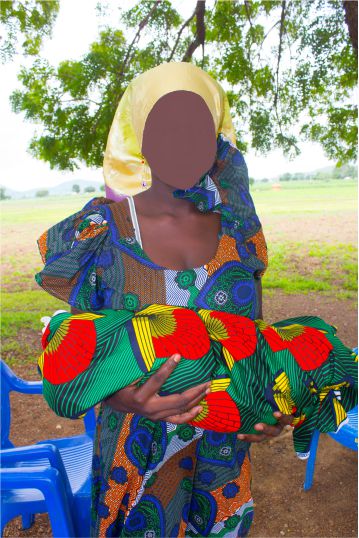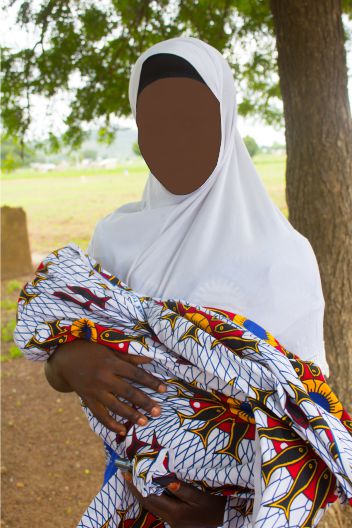Composition of song on Child Marriage
The three investigators paid a visit to Fati Osman and her Googi team at Yakut, a rural community in the Bawku District of the Upper East Region of Ghana. In this section, are instruments used in the performance of the song. The lyrics of this song on child marriage portrays the phenomenon as part of the culture of the Kusaas. It gives a clarion call on the chief and opinion leaders to stop the practice and rather ensure that children get educated in order to ensure a sustainable future for the girls, their families and the society. Per the Change Management Theory, the song is a tool for socio-cultural change that positions females for impactful transformational leadership.
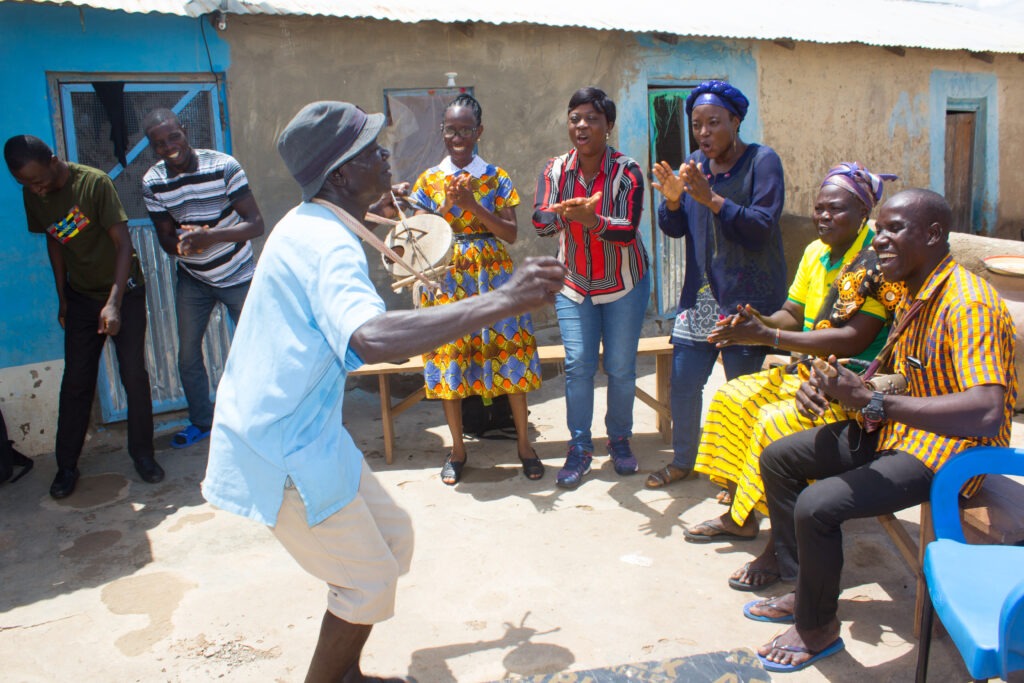
Production of Docudrama on Child Marriage
In this docudrama, Asinim is the victim of child marriage. The docudrama highlights the ills of child marriage to the rural folk. Asinim is a school dropout due to her parent’s inability to pay her fees and get her the books she needs for her education. Consequently, she is given out in marriage at the age of 13. Thereafter, she suffers several pregnancy-related complications. During child birth, she is assisted to deliver safely by her old school mate (now a medical doctor) whose parents took the earlier decision to invest in her education. The production was carried out by Winimi productions, a team of local actors and actresses in the Garu District of the Upper East Region.
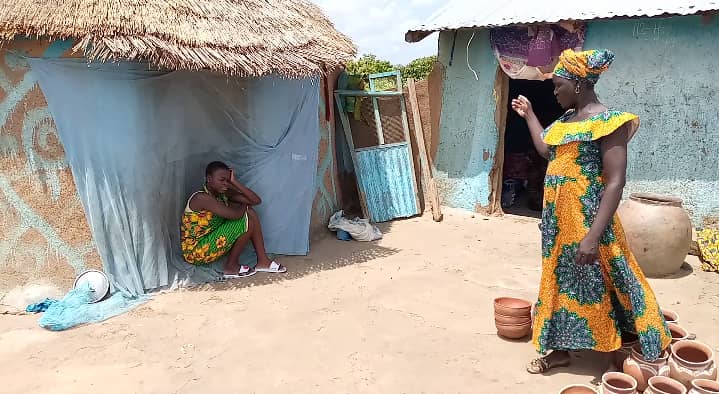
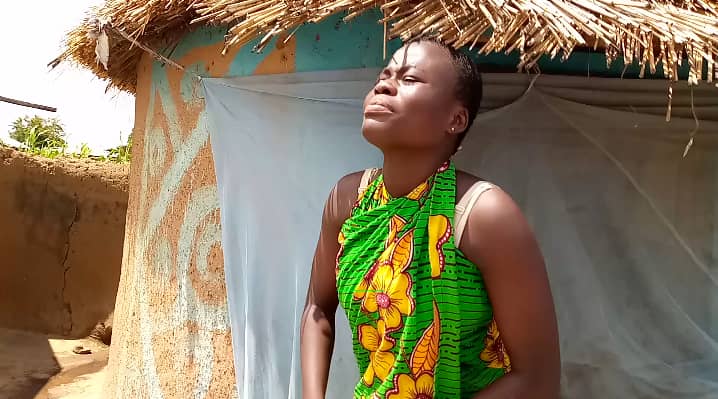
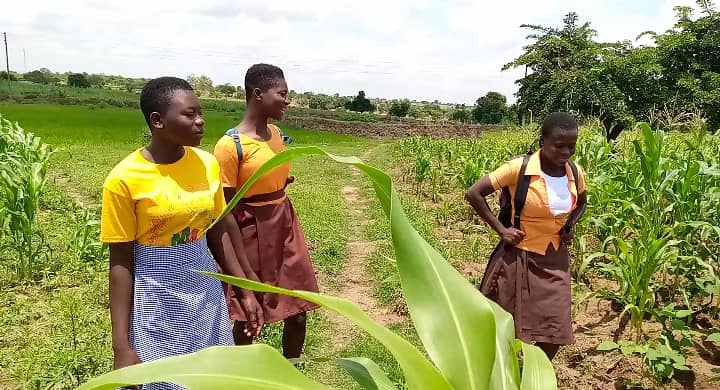
Focus Group Discussions regarding Folktales on Child Marriage
A focus group session with folks in Yabrago, a rural community in the Tempane District of the Upper East Region. Participants share folktales on the theme of Child Marriage. There was an open discussion on child marriage to sensitize the people on the need to send and keep their (girl) children in school. Issues on teenage pregnancy and its consequences were also discussed. Participants shared local songs and danced to the songs they sang.
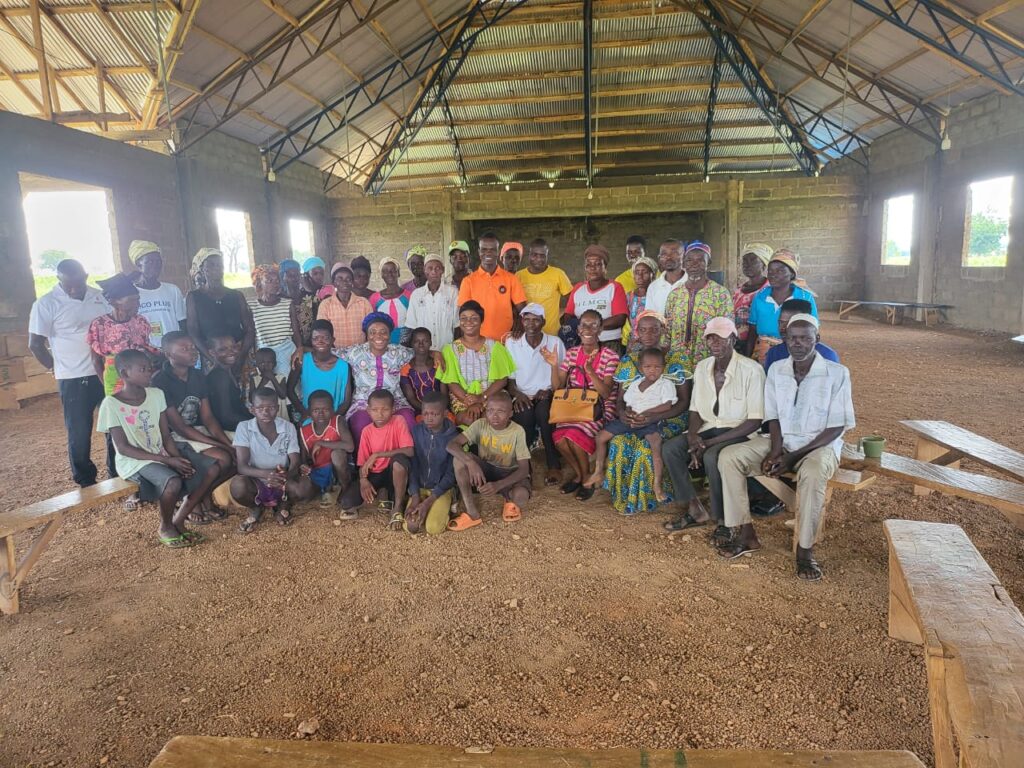
Interviews with queen mothers on Child Marriage
Queen mothers share their perspectives on child marriage as pertain in their communities. They express concern on the alarming rate of teenage pregnancies and also admit that the practice of child marriage often occur after the child is impregnated. It is a taboo for a girl to give birth when in her father’s house when she is not married. The girl is, therefore, sent to the man who impregnates her and the pregnancy, traditionally provides the basis for the transaction of the marriage.
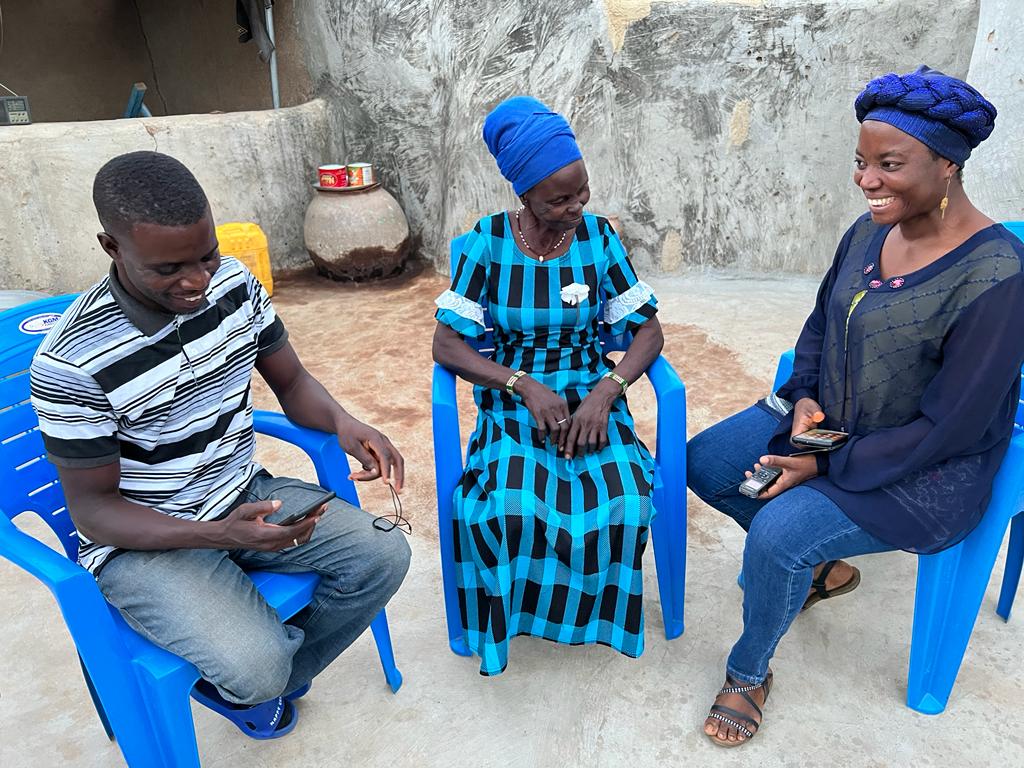
Interview with victims of Child Marriage (Interview Participants)
A section of participants on child marriage, many between 13-18 years. Many of the victims are school dropouts and recount a lot of hardships as well as express regret and sorrow in their current circumstances. They are looking for a second chance through education and skills training to rectify the mistakes and the deplorable situation they find themselves in in order to impact their children, their families and their communities positively.

